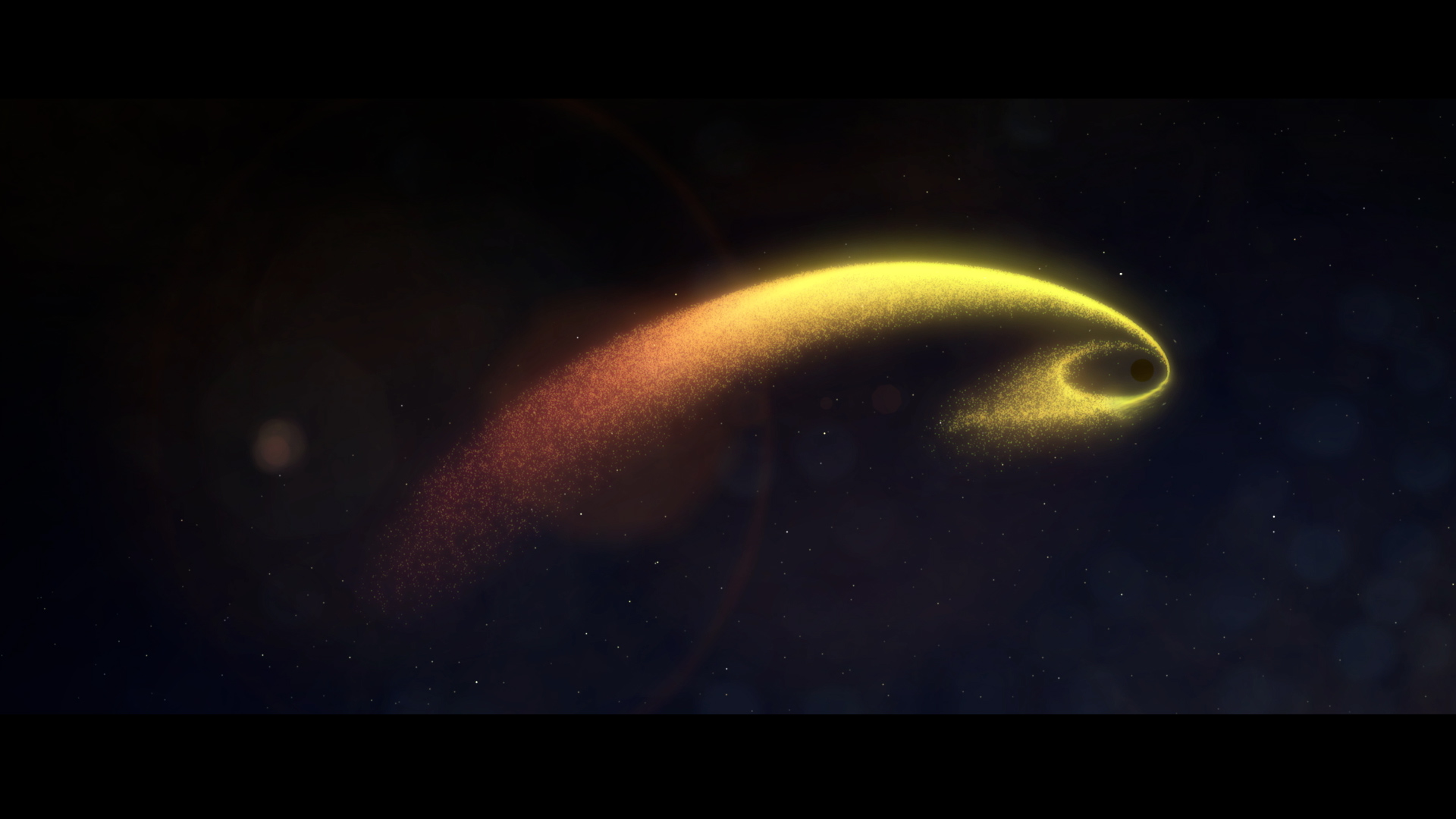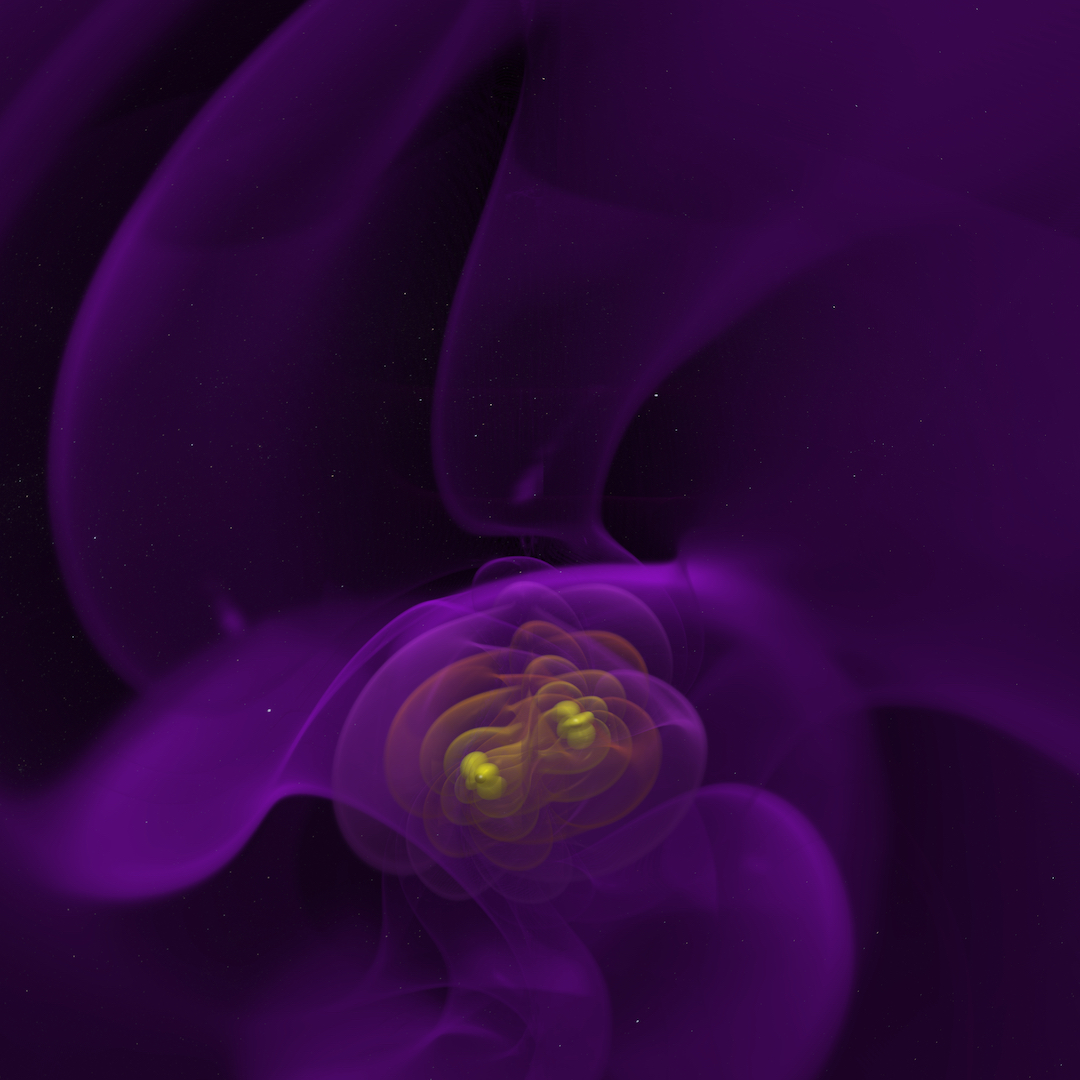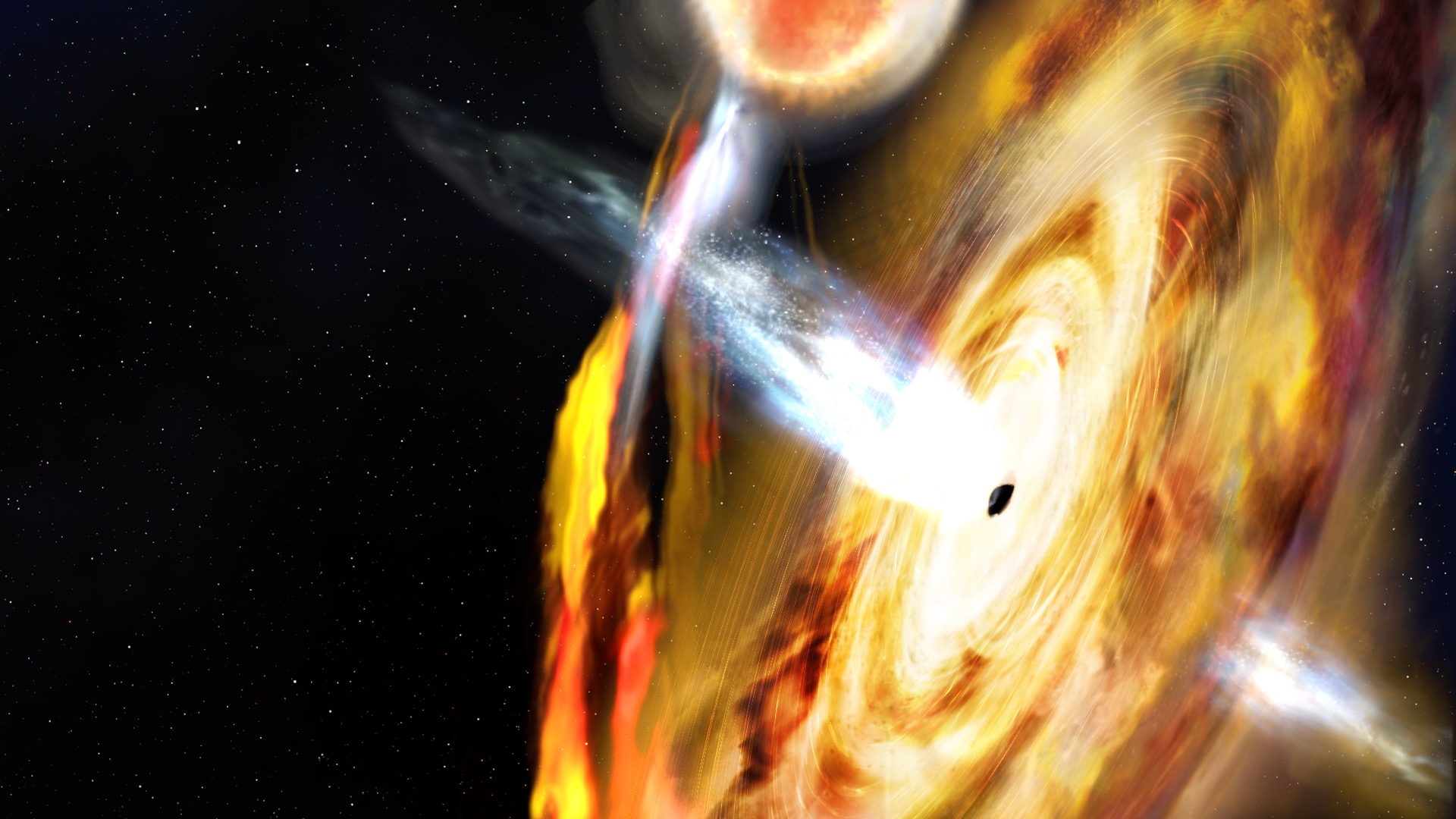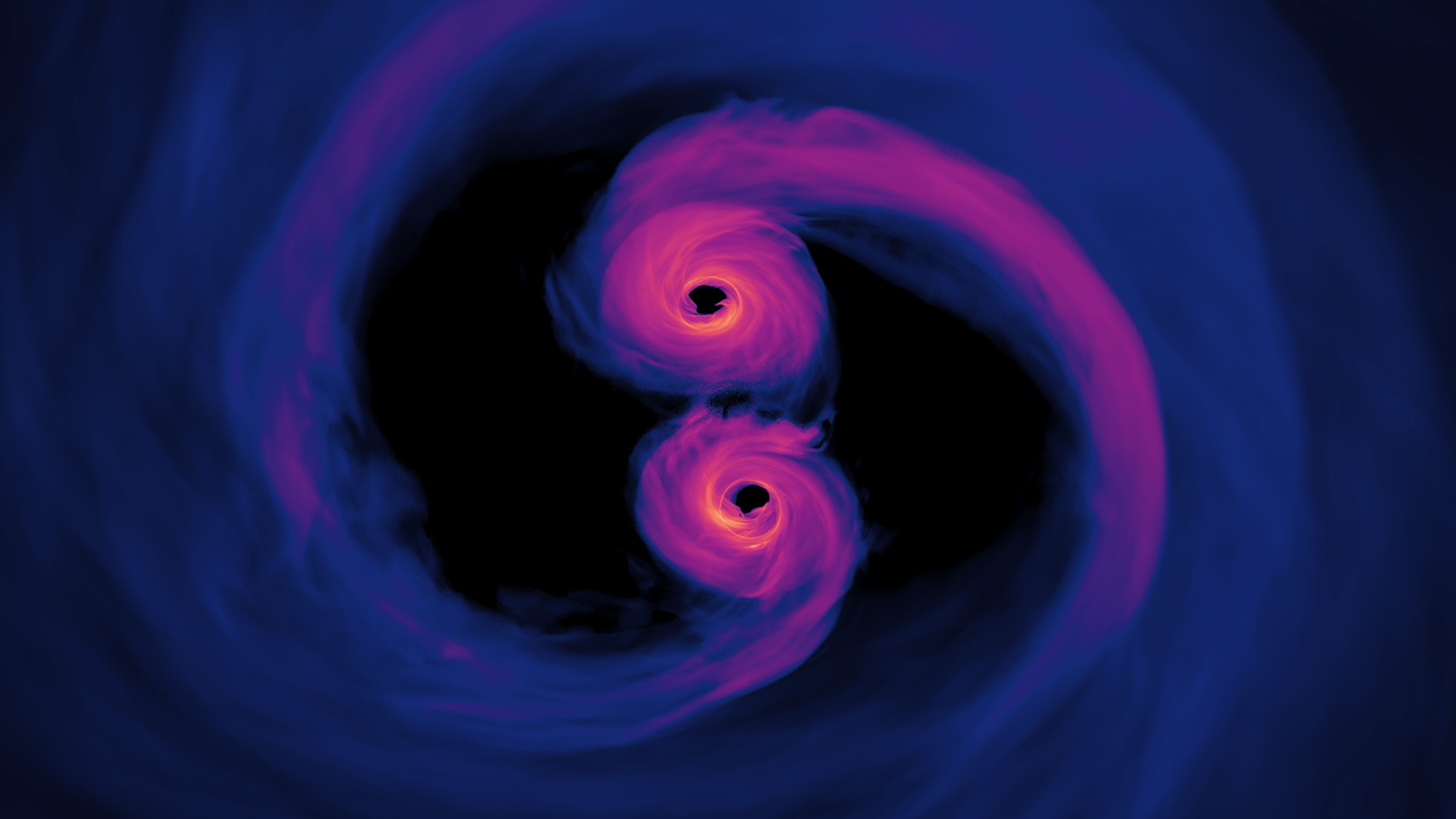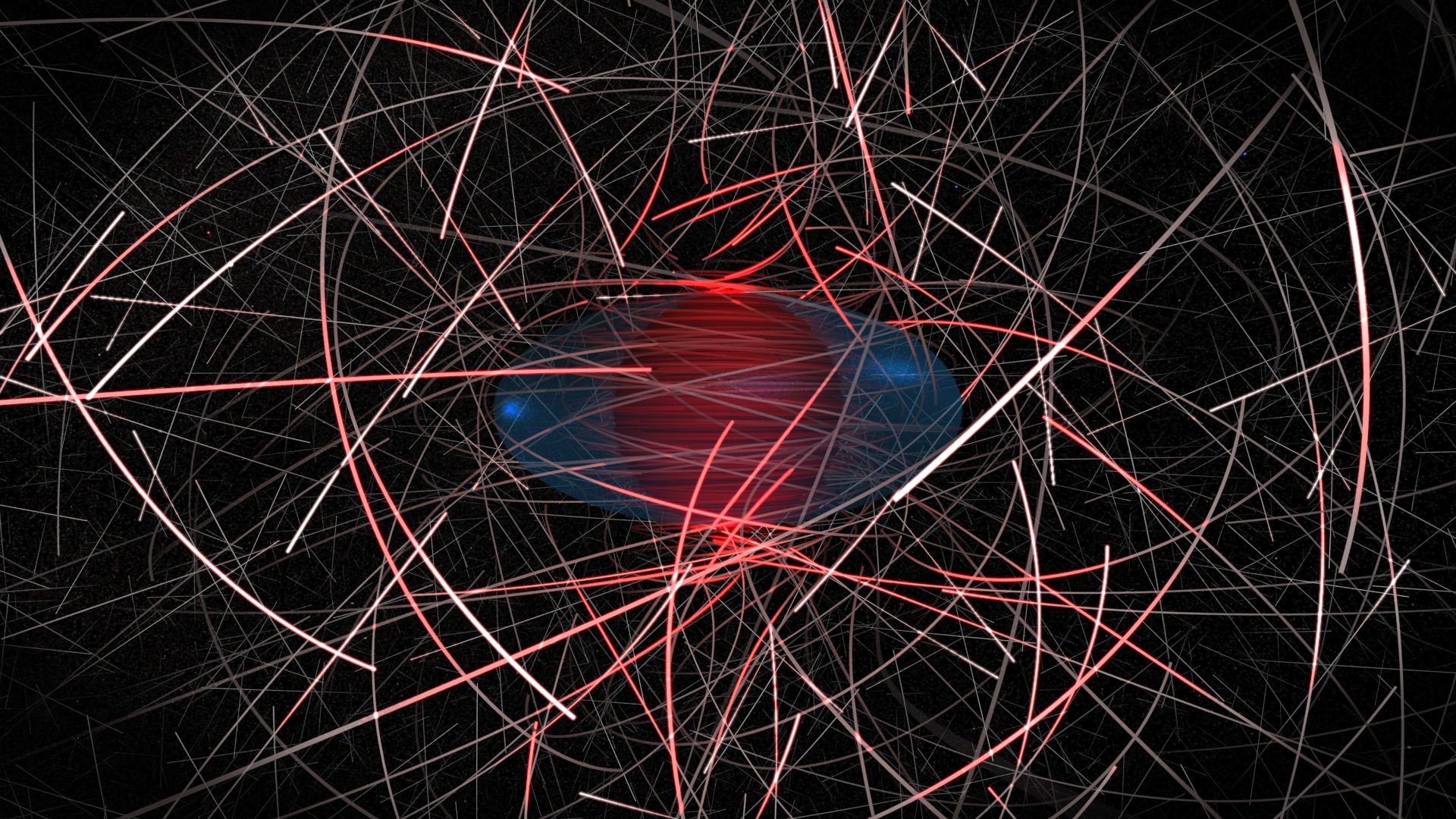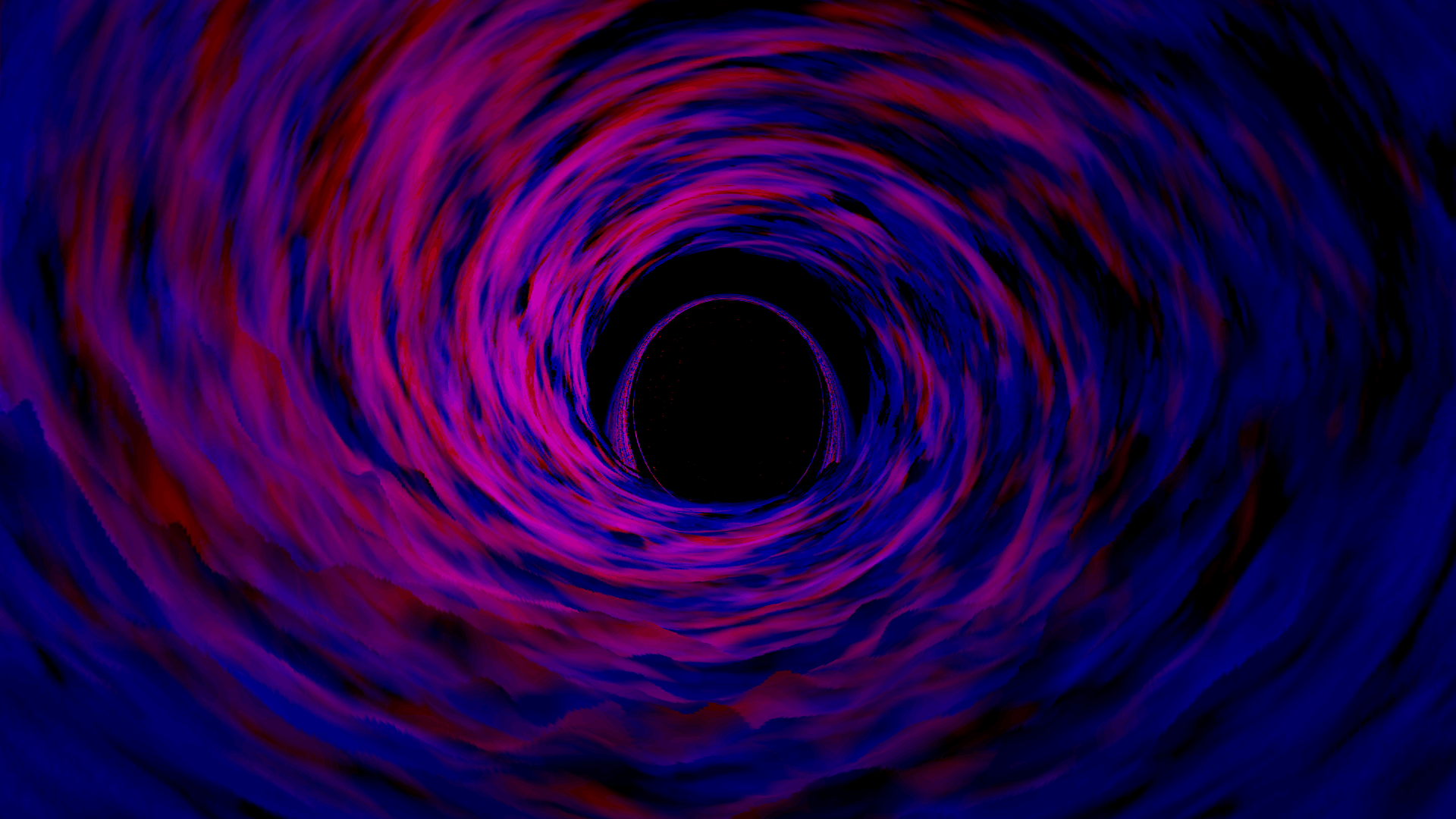Black Hole Week: Black Hole GIFs
This page provides social media assets used during previous celebrations of Black Hole Week.
Join in! Below, you'll find many GIFs to use.

Credit: NASA’s Goddard Space Flight Center/Jeremy Schnittman and Brian P. Powell

Credit: NASA's Goddard Space Flight Center

Credit: Aurore Simonnet and NASA’s Goddard Space Flight Center

Credit: NASA's Goddard Space Flight Center/CI Lab

Credit: NASA/Bernard J. Kelly (Goddard and Univ. of Maryland Baltimore County), Chris Henze (Ames) and Tim Sandstrom (CSC Government Solutions LLC)

Credit: NASA/Goddard Space Flight Center/Conceptual Image Lab

Credit: NASA’s Goddard Space Flight Center

Credit: NASA’s Goddard Space Flight Center; background, ESA/Gaia/DPAC

Credit: ESA/Hubble (L. Calçada)

Credit: NASA's Goddard Space Flight Center/J. Schnittman, J. Krolik (JHU) and S. Noble (RIT)

Credit: NASA’s Goddard Space Flight Center/Chris Smith (USRA/GESTAR)

Credit: NASA’s Goddard Space Flight Center/Chris Smith (USRA/GESTAR)
Credits
NASA's Goddard Space Flight Center. However, individual items should be credited as indicated above.
-
Producers
- Barb Mattson (University of Maryland College Park)
- Sara Mitchell (University of Maryland College Park)
- Kelly Ramos (Business Integra)
-
Support
- Scott Wiessinger (KBR Wyle Services, LLC)
Release date
This page was originally published on Tuesday, April 12, 2022.
This page was last updated on Wednesday, May 3, 2023 at 11:44 AM EDT.

